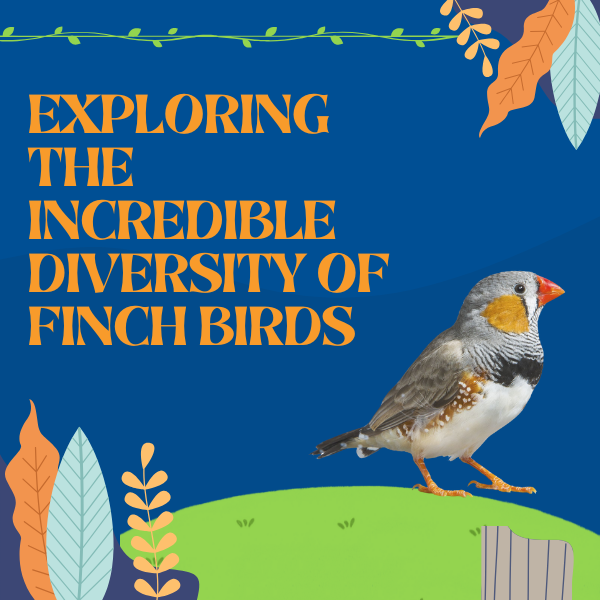Imagine a tiny bird, bright and colorful, hopping around in a lush, isolated corner of the world where the air feels different, the vegetation is unique, and the animals are completely at home in their specific environment. This little bird could very well be an endemic finch—a species found only in a particular region, isolated from the rest of the world. While finches are found across the globe, the endemic ones have fascinating stories to tell, often tied to unique ecosystems, evolutionary processes, and, in some cases, environmental challenges.
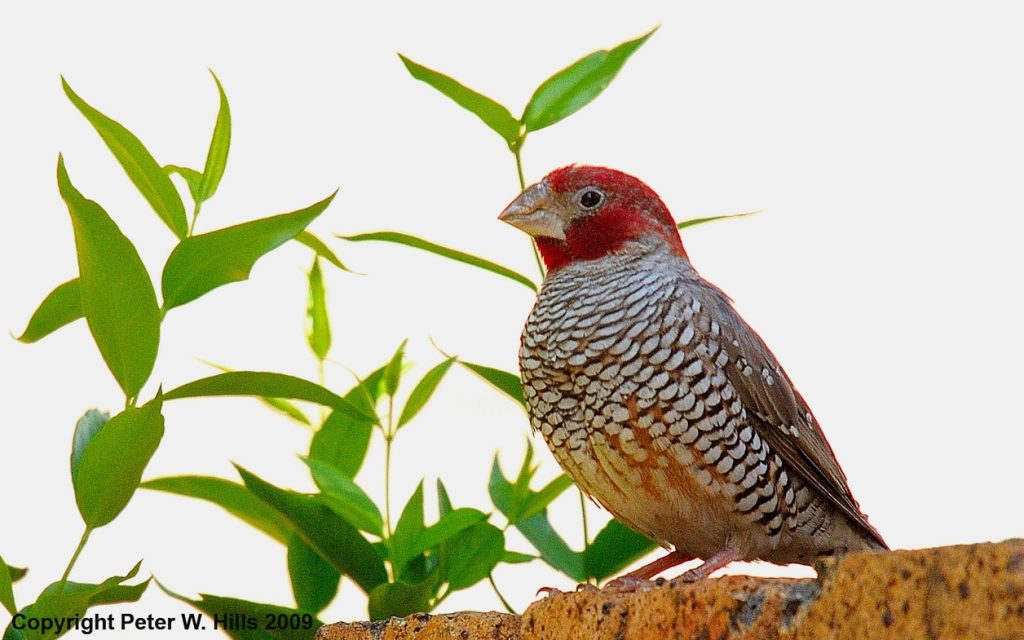
In this article, we’re going to take a deep dive into the world of endemic finches, looking at what makes them so special, why they only exist in specific places, and the critical role they play in their ecosystems. Along the way, we’ll explore some famous examples of endemic finches, how they adapt to their environment, and why protecting them matters.
What Does “Endemic” Mean?
Before we get into the specifics of finches, let’s take a moment to understand what “endemic” actually means. The term refers to species that are native to and confined to a specific geographical location. In other words, an endemic species can only be found in one place on Earth and nowhere else. This could be an island, a mountain range, or a particular type of habitat like a forest or desert.
Endemism occurs because the species has evolved in isolation over time, developing unique traits suited to that particular environment. Over thousands or even millions of years, these creatures become so adapted to their surroundings that they’re no longer able to thrive anywhere else.
A Brief Introduction to Finches
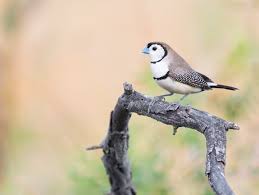
Finches are small, typically songbird species that belong to the family Fringillidae. They are easily recognizable thanks to their stout, conical beaks that help them crack open seeds, nuts, and berries. Their diets are often seed-based, but some finches also feed on insects, especially during breeding season.
What makes finches even more interesting is their huge variety—there are over 200 species of finches around the world, each adapted to different environments. While some finches have wide ranges, others are highly localized, becoming endemic species to certain areas. These finches might have developed distinct physical traits, behavioral patterns, or diets that allow them to thrive in specific ecosystems.
Why Do Some Finches Become Endemic?
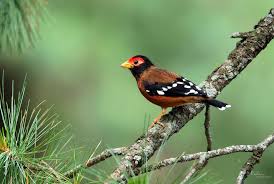
To understand why certain finches become endemic, let’s look at the two main factors that drive the evolution of such species: geographical isolation and ecological niche specialization.
- Geographical Isolation: Over time, populations of birds can become isolated from each other due to natural barriers like oceans, mountains, rivers, or even climate changes. For example, when an island or a remote mountain range is formed, finches that end up in these places may find themselves with little to no access to populations of the same species. Over generations, these isolated birds adapt to their new surroundings, eventually becoming a distinct species that is found only in that specific location.
- Ecological Niche Specialization: Many endemic finches are highly specialized to thrive in the specific environment where they live. Whether it’s a specific type of tree they feed on or a particular climate they’ve adapted to, these finches have evolved unique behaviors or physical traits that make them perfectly suited to their niche. This specialization makes it difficult for the species to survive outside of that niche, reinforcing their status as an endemic species.
Famous Examples of Endemic Finches
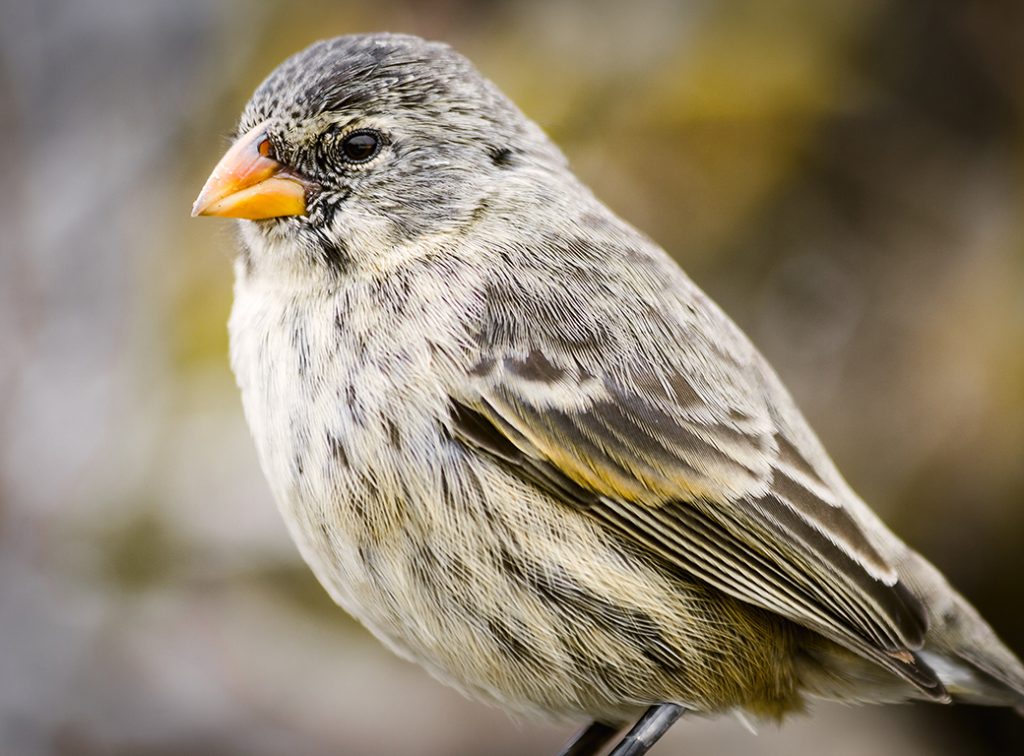
Now that we understand the basics, let’s take a look at some of the most famous endemic finches that have captured the fascination of researchers, birdwatchers, and nature lovers alike.
1. Darwin’s Finches (Galápagos Islands)
One of the most well-known groups of endemic finches is the famous Darwin’s finches of the Galápagos Islands. These finches are often cited in discussions of evolution due to their critical role in Charles Darwin’s formulation of the theory of natural selection.
Darwin’s finches are actually a group of several species that evolved from a common ancestor and adapted to different ecological niches across the Galápagos archipelago. Each island in the Galápagos hosts a distinct set of finches with varying beak sizes and shapes. These variations allow them to specialize in different food sources, from insects to seeds, which are abundant on each particular island.
The variety of finch species in the Galápagos is a perfect example of adaptive radiation—the process by which a single ancestor species rapidly diversifies into a variety of forms that adapt to different environments. Darwin’s observations of these finches were pivotal in his understanding of how species evolve over time.
2. The Cocos Finch (Cocos Islands)
The Cocos Finch, native to the Cocos Islands in the Indian Ocean, is another fascinating example of an endemic finch. This species is particularly interesting because it has a specialized diet that includes the seeds of the local coconut palm. These finches have evolved strong, thick bills that allow them to crack open the tough, fibrous shells of coconuts—a skill not shared by many other birds.
Over time, the Cocos Finch has developed unique behaviors and physical traits that are well-suited to the tropical environment of the Cocos Islands. This bird is not just an example of an endemic species but also a reminder of the delicate balance of island ecosystems.
3. The Hawaiian Honeycreeper (Hawaii)
While not a “true” finch in the strict taxonomic sense, the Hawaiian honeycreepers are often lumped together with finches due to their similar beak structure and feeding habits. These colorful birds are endemic to the Hawaiian Islands and are a perfect example of how isolation can lead to incredible diversity.
There are several species of Hawaiian honeycreepers, each adapted to a specific type of food. Some have long, curved bills for feeding on nectar, while others have thick, short bills for cracking seeds. Over millions of years, these birds have evolved into different forms, each specialized for a particular habitat or food source on the islands.
4. The Hawaiian Honeycreepers
Though not technically finches, the Hawaiian honeycreepers are a group of birds that evolved from finch-like ancestors and are endemic to the Hawaiian Islands. These birds are often used as a prime example of evolution in action, showcasing how species can diversify into a variety of forms to adapt to different ecological niches. Over time, Hawaiian honeycreepers developed a wide range of beak shapes and sizes, each suited to different types of food, from nectar to seeds and insects.
Some honeycreeper species have extremely specialized feeding habits, with long, curved bills designed to extract nectar from particular flowers, while others have short, stout beaks suited for cracking seeds. The Hawaiian honeycreepers are a testament to how geographical isolation and ecological pressure can lead to the rapid diversification of species, and they provide a fascinating glimpse into the power of evolutionary forces.
5. The New Zealand Rock Wren (Xenicus gilviventris)
The New Zealand Rock Wren, while technically not a true finch, is a bird that evolved in isolation in New Zealand’s rocky mountain habitats. It’s another example of how isolation leads to the creation of unique species adapted to specific environmental conditions. The Rock Wren has small, delicate features that allow it to thrive in New Zealand’s harsh, alpine environments, and it exhibits behaviors like perching on rocks and foraging for insects that distinguish it from other birds in the region.
Unfortunately, like many endemic species, the New Zealand Rock Wren faces threats from habitat destruction and introduced predators. Despite these challenges, the bird remains a prime example of how endemism can lead to the development of fascinating, highly adapted creatures that are integral to the ecosystems they inhabit.
Why Are Endemic Finches Important?
Endemic finches are not just fascinating to study; they also play a crucial role in maintaining the health of the ecosystems they inhabit. These birds often act as important pollinators or seed dispersers, helping to maintain the balance of their environments. For instance, many finches feed on seeds, and in the process, they help control plant populations and ensure genetic diversity among plants. Similarly, finches are a food source for other animals, contributing to the local food web.
Moreover, endemic species like finches are important indicators of the health of their ecosystems. If the population of an endemic finch begins to decline, it can signal problems in the local environment, such as habitat destruction, climate change, or the introduction of invasive species.
The Threats to Endemic Finches
While endemic finches are incredible survivors, they’re not immune to threats. Habitat loss is perhaps the biggest danger to these birds, as human activities like deforestation, urbanization, and agriculture often lead to the destruction of their natural homes.
Another major threat to endemic finches is the introduction of invasive species. Invasive animals, such as rats, cats, or even other birds, can outcompete or prey upon endemic species, pushing them toward extinction. The unique environments where these finches live often don’t have natural defenses against these invaders.
Additionally, climate change poses a growing threat to these birds. As temperatures rise, ecosystems change, and food sources may become scarce or harder to access. The delicate balance that many endemic finches rely on is becoming increasingly vulnerable.
Conservation Efforts
Efforts to conserve endemic finches are underway around the world. Many of these birds are protected in national parks or reserves, where their habitats are carefully managed. In some cases, conservationists work to control or eradicate invasive species that threaten the native birds.
Captive breeding programs also play a role in saving endangered finches. These programs carefully breed birds in protected environments and sometimes release them back into the wild when their numbers are stable enough to survive in their natural habitat.
How Endemic Finches Adapt to Their Environment
One of the most exciting aspects of endemic finches is how they adapt to their specific environments. This adaptation happens over long periods of time, driven by the selective pressures in the bird’s surroundings.
1. Beak Shape and Size
The most obvious example of adaptation in finches is the shape and size of their beaks. Finches are well-known for their beak morphology, which is directly tied to their diet. Endemic finches often have beaks that are specialized for the type of food available in their environment. For example:
- Finches living in regions with abundant seeds may develop larger, stronger beaks that can crack tough shells and seeds.
- In contrast, finches in areas with abundant insects might have slender, pointed beaks that are well-suited for catching small prey.
This kind of adaptation helps finches to survive in their unique environments and is a key factor in why they can only thrive in certain regions.
2. Behavioral Changes
Endemic finches also undergo behavioral adaptations to suit their environment. For example, some finches might become territorial to protect their limited resources, while others might have cooperative breeding strategies where multiple individuals help raise offspring. These behaviors are often driven by the specific challenges of their environment, such as limited food resources, predators, or competitors.
For example, finches living on islands with few predators may have evolved to be less fearful of humans, making them easier to study and observe. Meanwhile, finches in harsher environments may exhibit more cautious behavior to avoid threats.
3. Feeding Habits and Diet
As we mentioned earlier, the diet of an endemic finch is often one of the most important factors in its adaptation. Some finches may feed exclusively on certain types of seeds, berries, or insects, depending on the resources available in their environment. These feeding habits are closely tied to the beak structure and the bird’s ability to access and process food.
In isolated ecosystems like islands, finches often become picky eaters, specializing in foods that are unique to that particular habitat. This is especially true in places like the Galápagos Islands, where finches have evolved to take advantage of specific food sources that are abundant on their islands.
The Role of Endemic Finches in Their Ecosystems
Endemic finches play a critical role in the ecosystems they inhabit. As seed-eaters, they help with seed dispersal, which is essential for the health of the plants in their environments. By eating seeds and excreting them in different locations, finches contribute to the regeneration of plant species, ensuring that new growth continues in their habitats.
In addition to their role in seed dispersal, finches can also help control insect populations, particularly in areas where insects might otherwise become a problem. Their role as both pollinators and insect controllers helps maintain the balance of the ecosystem.
The Threats Facing Endemic Finches
While endemic finches are fascinating creatures, many of them face significant threats due to habitat loss, climate change, and introduced species. These birds are often highly specialized to their environments, which means that any changes to those environments can have devastating effects.
For example, the introduction of non-native predators like rats, cats, or mongoose can lead to the rapid decline of endemic finch populations. These predators prey on eggs, chicks, or adult birds, devastating populations that have no natural defenses. Climate change also poses a threat to endemic species, as it can alter the habitats they depend on, making it difficult for them to survive.
Conservation efforts are crucial to protecting endemic finches and their habitats. Many species are now protected by law, and there are active breeding programs, habitat restoration projects, and educational efforts aimed at raising awareness about these unique birds.
Why We Should Care About Endemic Finches
So, why should we care about endemic finches? Beyond their intrinsic beauty and uniqueness, these birds serve as a reminder of the importance of biodiversity and conservation. They show us how life evolves in response to environmental pressures and how delicate ecosystems can be. Protecting endemic species like these helps preserve the richness of our natural world, ensuring that future generations can experience the same wonders we enjoy today.
In conclusion, endemic finches are some of the most fascinating creatures on Earth. From the famous Darwin’s finches of the Galápagos Islands to the unique Cocos Finch, these birds offer us a glimpse into the wonders of evolution and the importance of ecological diversity. By understanding and protecting these remarkable species, we ensure that their unique stories continue to unfold for generations to come.
Final Thoughts
Endemic finches are some of the most fascinating and adaptable creatures in the bird world. From the Galápagos to the Hawaiian Islands, these birds have carved out a unique existence in some of the most isolated and beautiful places on Earth. They remind us of the power of evolution, the fragility of ecosystems, and the importance of protecting the natural world.
As we continue to explore and understand these tiny, colorful birds, it’s essential that we also work to protect them. Endemic finches are not just valuable because of their beauty or their role in nature—they’re symbols of the incredible diversity of life on our planet and the need for conservation in an ever-changing world.
